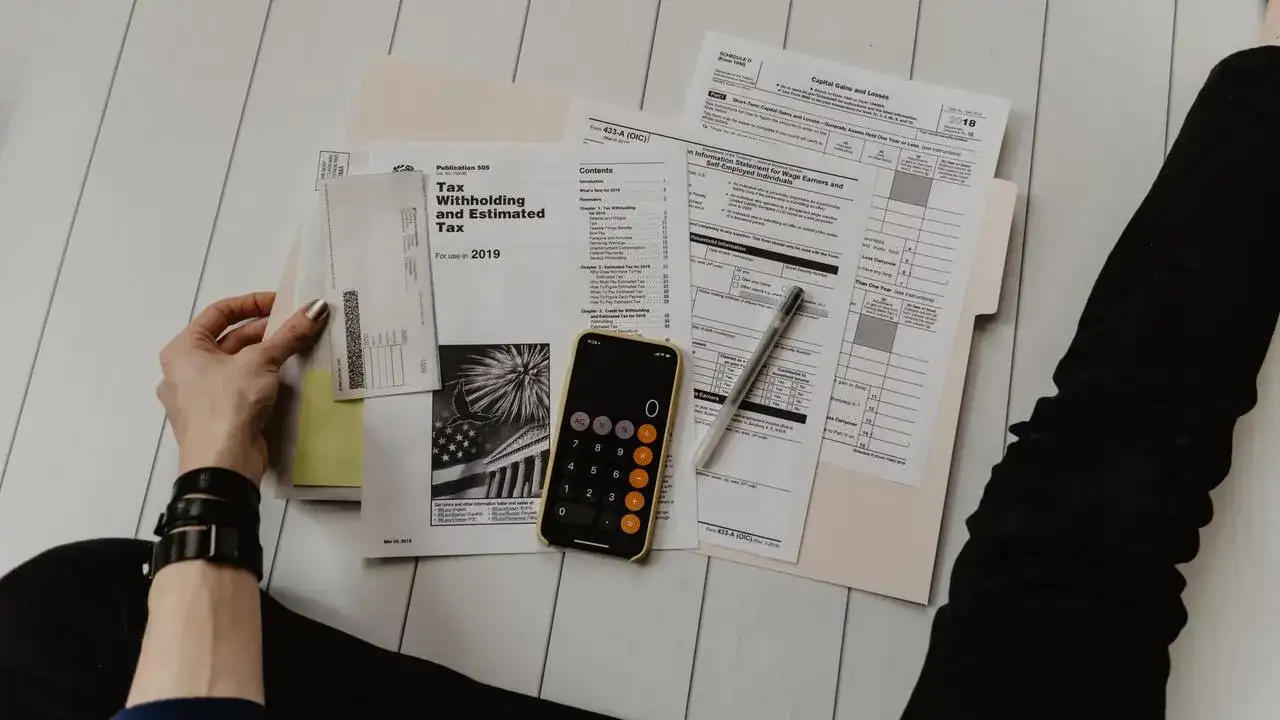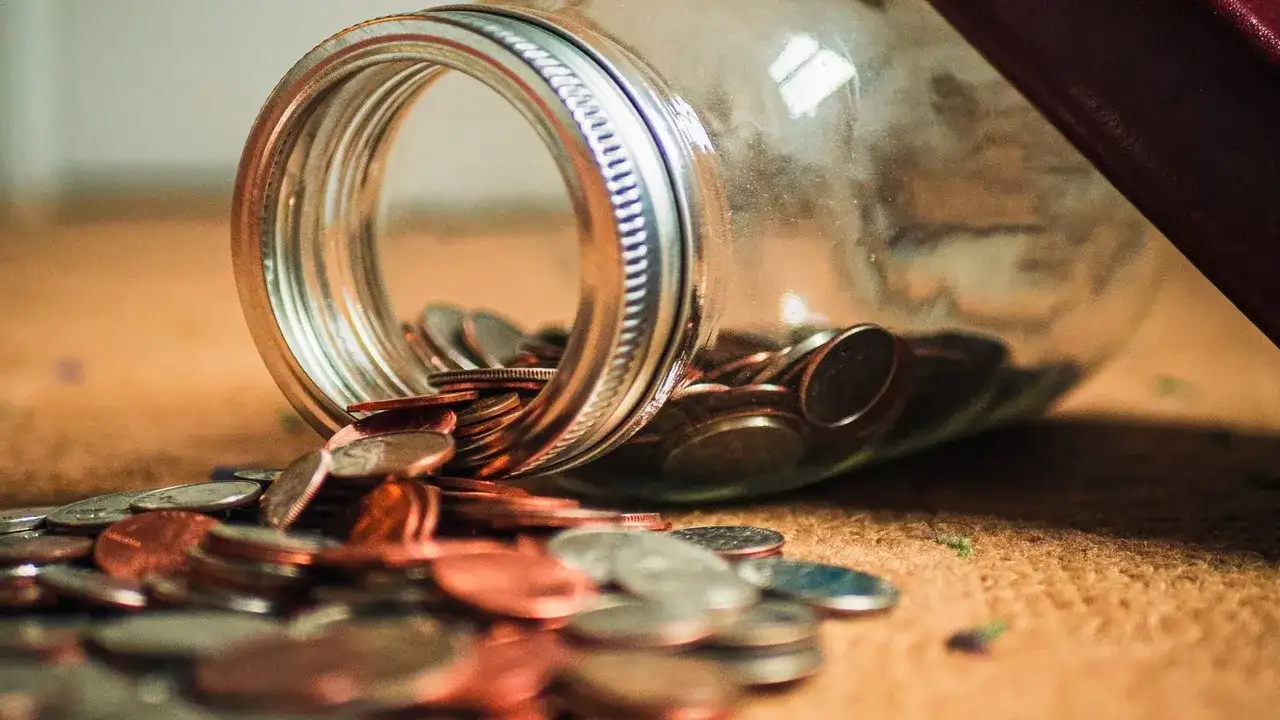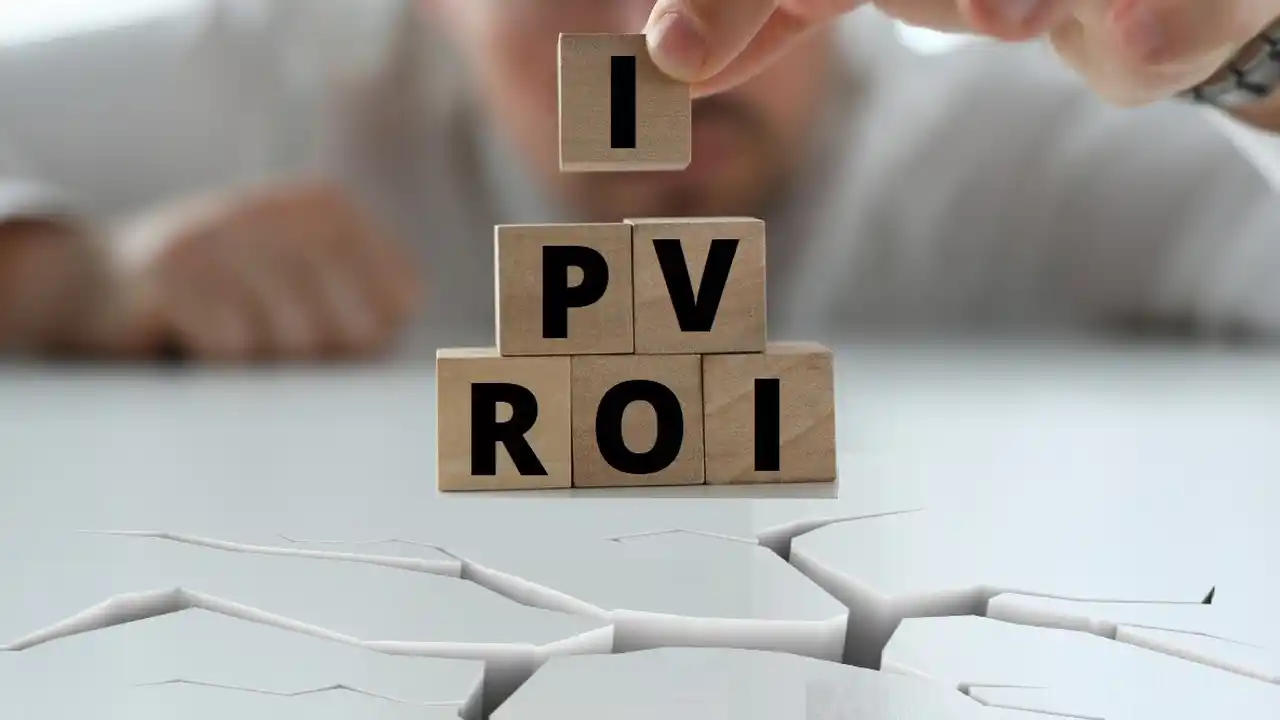Do you know what is the difference between secured vs unsecured debentures? What distinguishes them from secured debentures? Let us understand meaning of secured debentures with examples, meaning of unsecured debentures with examples. In the end we will see the differences between secured debentures and unsecured debentures to better understand the topic.
You can also look at differences between bonds and debentures for better understanding. Unbacked debentures are uncommon. If you come across the term, it usually refers to a loan with no collateral. Borrower property or equipment is not use as loan security. The debenture arrangement is instead based on the borrower’s reputation.
What are Secured Debentures Meaning?
A “secured debenture” means one that is collateralize. In other words, the lender is safeguard in the event that the loan is not repayable. If the borrower fails to repay the debt, the lender has the right to seize the borrower’s assets to meet the obligation. The majority of debentures are secure in order to reduce risk and preserve assets.
A debenture is a borrowing arrangement, but it has different implications in different markets. Here’s a rundown of secured debentures.
Debentures are not currency. Instead, they determine the terms of a loan. In the following article, we’ll talk about debentures in general and secured debentures in particular.
How Does Secured Debentures Work?
Secured debentures can be secured with a fixed or floating fee. The borrower does not fully own the property until the entire loan is repaid, similar to a mortgage. Fixed rates are reserve for extra-secure products such as major machinery, property, or automobiles.
An invoice finance agreement can be use to deliver unpaid debts to a lender. Floating costs are levied on assets that change or fluctuate over time. Examples include stock, cash reserves, and other minor office equipment.
The secured debenture agreement outlines the terms of a loan. The amount, interest rate, repayment time, and collateral, for example. The debenture agreement must be receive by companies house within 21 days after the loan. If the borrower defaults and goes bankrupt, the secured debenture pays lenders first.
An Example of a Secured Debentures
A popular fixed charge asset is a factory or office building. If a borrower runs out of funds, they cannot sell a property unless the lender agrees. The lender owns the property, and any revenues from its sale are use to repay the loan. A fixed charge is not restrict to freehold or leasehold property. Building fixtures, machinery, and vehicles can also include in it.
What are Unsecured Debentures Meaning?
Unsecured debentures are ones that do not have collateral. There will be no assets set aside as collateral for unsecured debentures. It’s a loan with no security. They are only support by the issuer’s creditworthiness.
How Does Unsecured Debentures Work?
Unsecured debentures are written agreements that outline the terms of a loan. Interest rates are often higher because no identifiable asset is utilize as collateral. If a borrower fails to pay, the lender does not have immediate access to their assets. Instead, the lender enters the line of other creditors. Most unsecured lenders require a personal guarantee to reduce risk.
Example of an Unsecured Debentures
A well-known high-street retailer may wish to raise financing for future growth. Lenders consider a corporation with a high credit rating to be less hazardous (excellent cash flow and no history of default). In this case, it could obtain an unsecured loan via debenture. This means it is not require to put up any collateral.
Unsecured vs. Secured Debentures
Consumer debt is classified into two types: secured debt and unsecured debt. The primary distinction is whether or not collateral is use. If the borrower defaults, collateral protects the lender.
Unsecured Debentures
Unsecured debt is debt that does not have collateral. Its name implies that it is not protectable. If the borrower defaults, a court order is require to reclaim the loan. Unsecured loans are grant base on creditworthiness and the intention to repay them.
As a result, signature loans usually have higher interest rates. These loans also have stricter credit and debt-to-income limits. As a result, only the most trustworthy borrowers can obtain them. If you meet these stringent requirements, you may be eligible for the greatest personal loans available.
Credit card balances and medical expenses are examples of unsecured indebtedness. A credit card is simply a revolving line of credit that you do not have to repay. The risk is nullify by high interest rates.
Unsecured financial instruments, such as bonds, are only guarantee by the creditworthiness of the issuer. As a result, they are riskier than secured bonds. Due to the lender’s heightened risk, unsecured debt often has a higher interest rate than secured debt.
The interest rate on various debt instruments, on the other hand, is highly influence by reliability. Because of the risk of default, an unsecured loan to a person is prohibitively expensive. Interest rates on government-issued Treasury bills, on the other hand, are significantly lower.
Although no one owns government assets, the government can earn more money or raise taxes to pay down its debts. This removes the prospect of this type of debt instrument defaulting.
Secured Debentures
For secured debts, the borrower commits an asset as security or collateral. A secured loan arrangement merely specifies that the lender may seize the collateral if the borrower defaults on the loan.
Mortgages and automobile loans are examples of secured debt in which the collateral is the funded asset. If an auto loan borrower fails to make payments, the lender will confiscate the car. A mortgage’s terms are link to the property being mortgage.
In practice, the lender owns the property until the mortgage is completely paid off. In the event of nonpayment, the lender may take and sell the property to reclaim the payments. The primary contrast between secured and unsecured debt is whether the loan is secured or not.
The counterparty risk of a secured debt is low because the borrower stands to lose significantly more if he fails to pay his debts. Unsecured debt financing is more difficult to get than secured debt financing. Because the lender assumes less risk, secured loans have lower interest rates than unsecured loans.
Lenders frequently require on keeping the item in good condition or having it insure. Mortgage lenders, for example, frequently require homeowners insurance. The insurance coverage ensures that the asset is worth what it is worth to the lender. A vehicle loan lender also need specific insurance coverage in order to collect most or all of their loan sum in the event of an accident.
Conclusion
Secured debentures, like mortgages, charge the company’s assets. Debentures are secure by corporate assets. Here’s a primer on secured debentures meaning with examples, unsecured debentures meaning with examples and secured debentures vs unsecured debentures. For an in-depth analysis of the debt instruments, read more and gain valuable insights from it.






